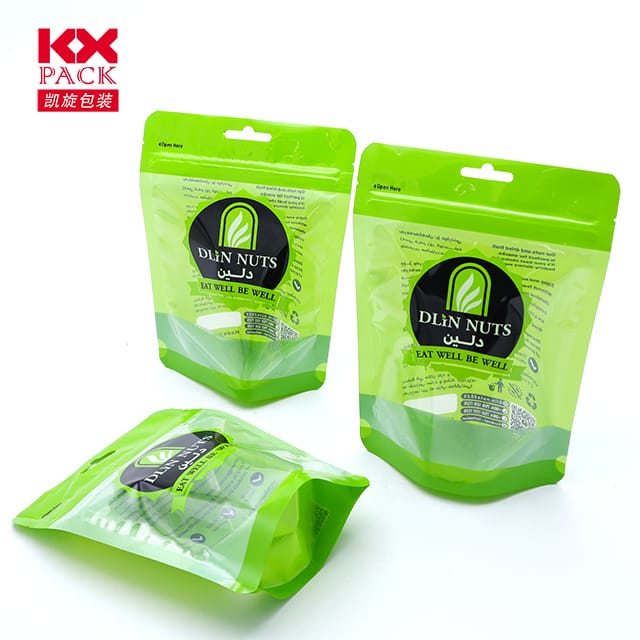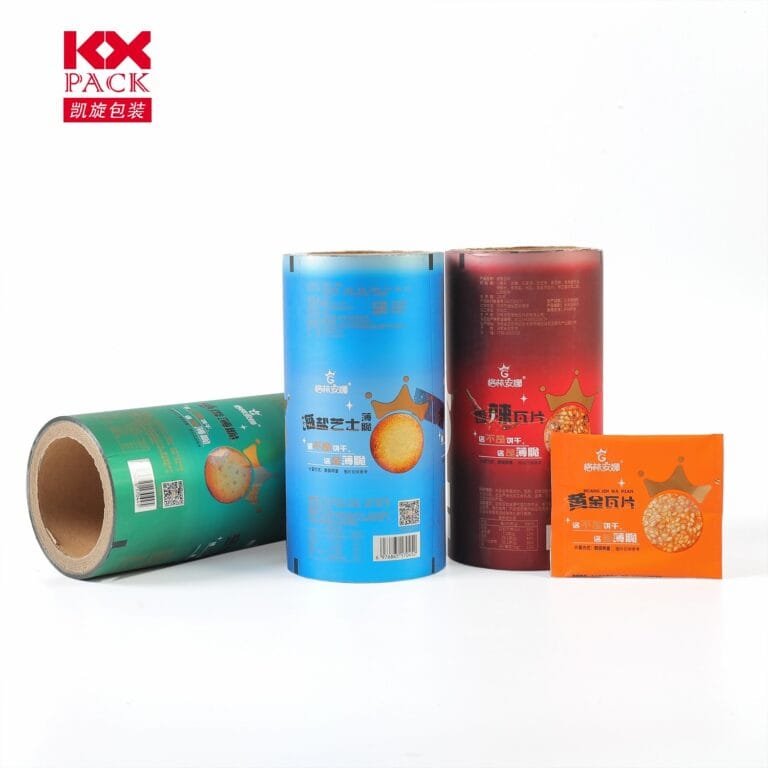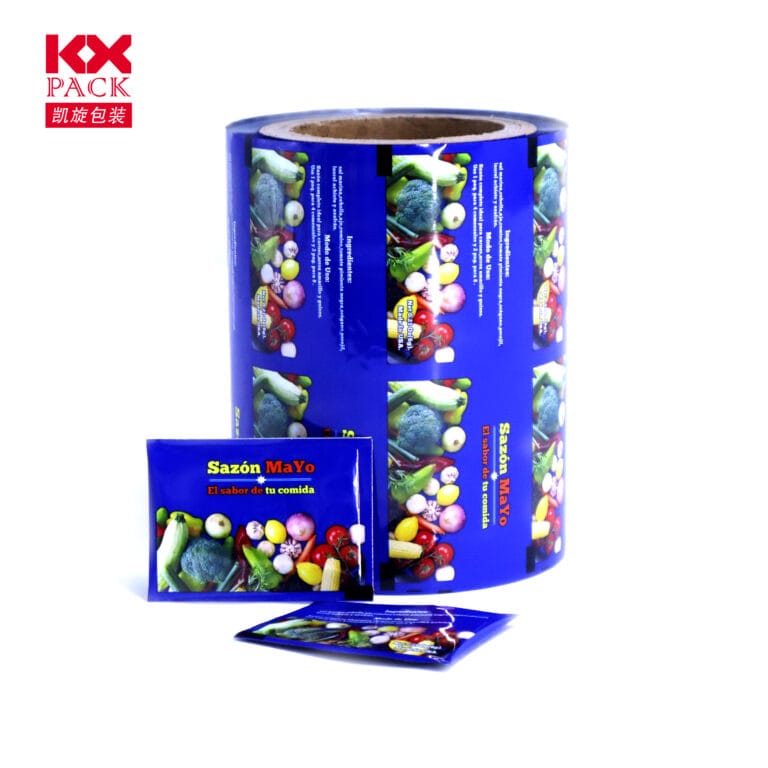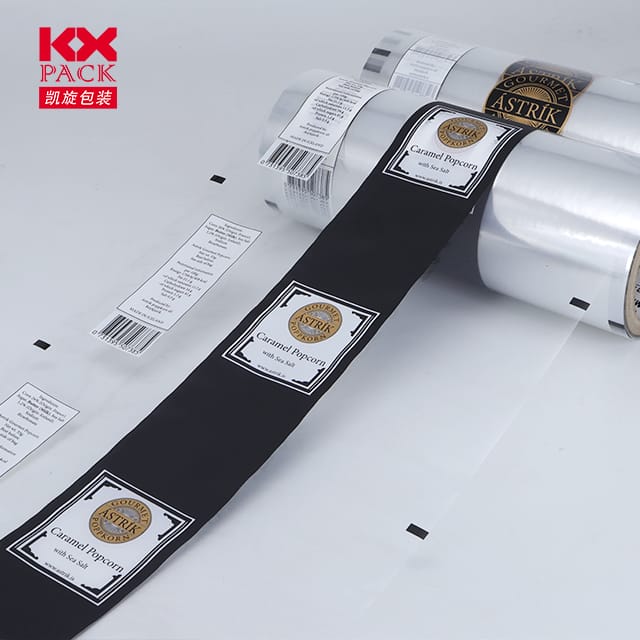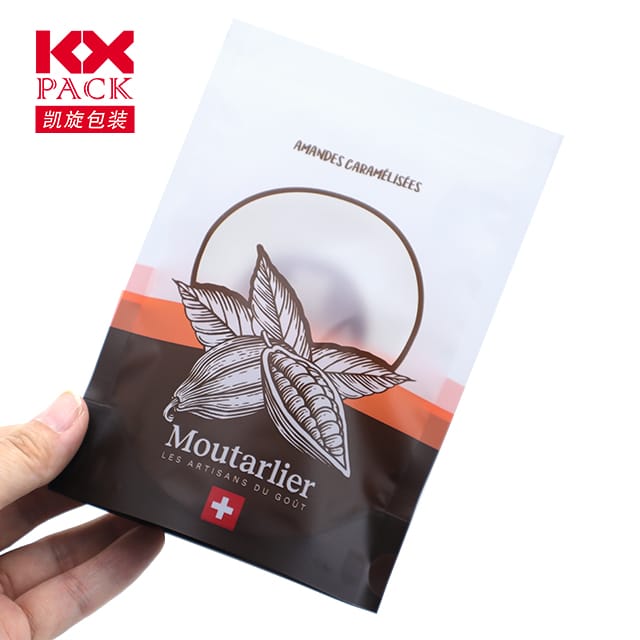La espada de doble filo de la película de plástico de alimentos: Conveniencia vs. Consecuencias
Plastic Food Film
In the modern kitchen, Película de plástico (también conocido como película porta, envoltura de sugerencias, o envoltura de plástico) es una herramienta ubicua. Se extiende sin esfuerzo sobre las sobras, sellos en frescura, y evita que los alimentos se sequen o se estropean. Pero debajo de su transparente, La superficie aparentemente inofensiva se encuentra un complejo debate ambiental y de salud. Let’s unpack the pros, cons, and emerging alternatives to this kitchen staple.
The Upside: Why We Can’t Live Without It (Todavía)
- Convenience King
Plastic food film’s claim to fame is its ability to cling to bowls, plates, and even oddly shaped containers without adhesives. It’s lightweight, inexpensive, and disposable—qualities that align perfectly with our fast-paced, estilos de vida en movimiento. - Food Waste Warrior
By extending the shelf life of perishables like fruits, verduras, y quesos, plastic film helps reduce household food waste. A 2021 study estimated that 30% of global food loss occurs post-harvest but pre-consumption, and proper storage tools like plastic film play a role in mitigating this. - Héroe de la higiene
In commercial settings (restaurantes, catering), plastic film creates a barrier against cross-contamination, a critical factor in food safety.
The Downside: The Hidden Costs of Convenience
- Environmental Nightmare
Most plastic food films are made from polietileno (EDUCACIÓN FÍSICA) o cloruro de polivinilo (CLORURO DE POLIVINILO), neither of which is easily recyclable. Even “recyclable” versions often end up in landfills or oceans due to contamination or lack of infrastructure.- Microplastic Menace: When degraded, these films fragment into microplastics that infiltrate soil, waterways, and the food chain. A 2022 report found microplastics in human blood for the first time, raising concerns about long-term health impacts.
- Climate Impact: The production of single-use plastics accounts for 6% of global oil consumption—a staggering figure for a product used for minutes before lasting centuries in ecosystems.
- Health Questions
PVC-based films may contain ftalatos, chemicals linked to hormonal disruptions, reproductive issues, and developmental problems. While many countries now regulate phthalate use, concerns persist about low-dose exposure and cumulative effects.
Breaking Free: Sustainable Alternatives Gaining Traction
- Reusable Silicone Lids & Covers
Flexible, hermético, y apto para lavavajillas, silicone lids stretch to fit various containers, eliminating the need for single-use wraps. - Beeswax & Plant-Based Wraps
Made from cotton infused with beeswax, aceite de jojoba, y resina de árbol, these wraps are compostable and reusable for up to a year. Vegan versions use soy wax or candelilla wax instead of beeswax. - Glass & Stainless Steel Containers
Durable, hermético, and eternally recyclable, these containers cut out plastic entirely. Bonus: They’re microwave-safe (minus the lid) and freezer-friendly. - Películas comestibles
Researchers are developing biodegradable films from seaweed, cassava starch, or milk proteins. While not yet mainstream, these innovations could redefine food packaging.
Making Smarter Choices Today
While waiting for systemic change, here’s how to reduce your plastic film footprint:
- Comprar a granel: Purchase pantry staples in reusable containers to minimize pre-packaged waste.
- Store Smartly: Use airtight ceramic or glass containers for leftovers instead of wrapping.
- Compost Cautiously: If using biodegradable wraps, check local composting rules—many require industrial facilities.
- Advocate for Change: Support brands prioritizing compostable packaging and push policymakers to ban single-use plastics.
El camino por delante
Plastic food film isn’t inherently evil—it’s a symptom of a throwaway culture that prioritizes convenience over sustainability. The solution lies in innovation (greener materials), policy (extended producer responsibility laws), and individual action (mindful consumption).
Next time you reach for that roll of plastic, ask yourself: Is there a better way? The answer, increasingly, isyes.
What’s your go-to eco-friendly swap for plastic food film? Share in the comments below! 🌱🍴https://www.youtube.com/@lsnpuff


